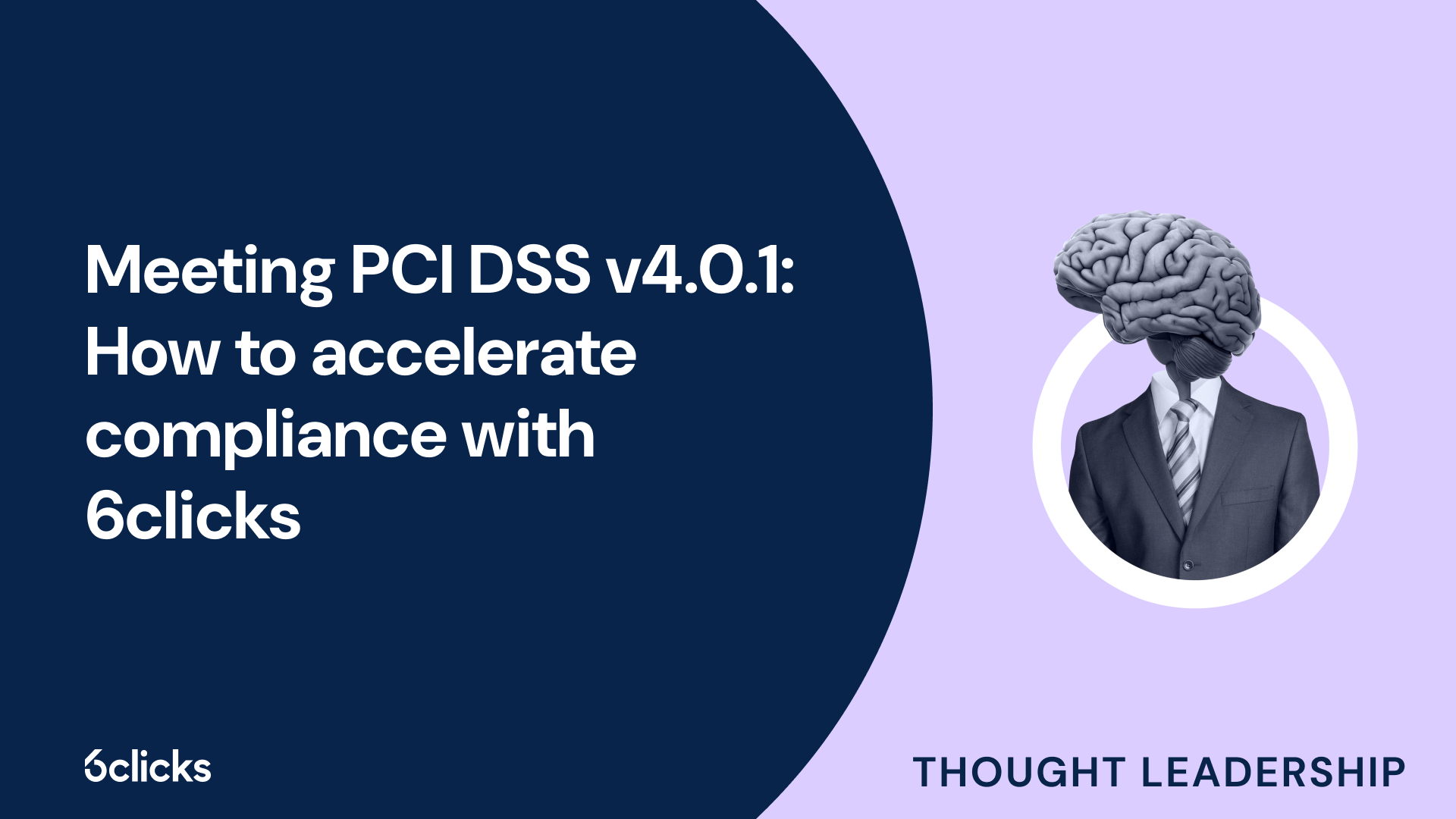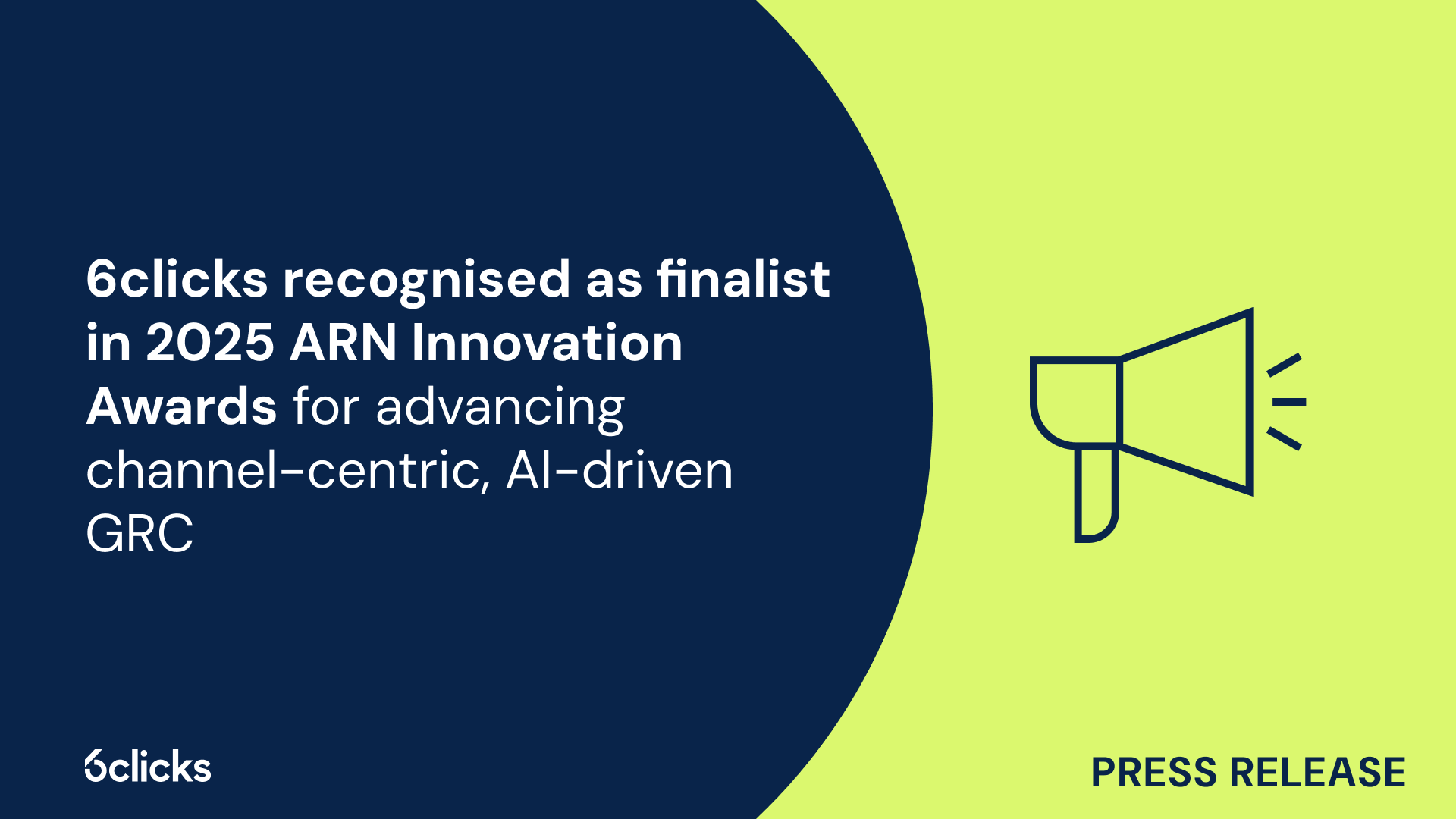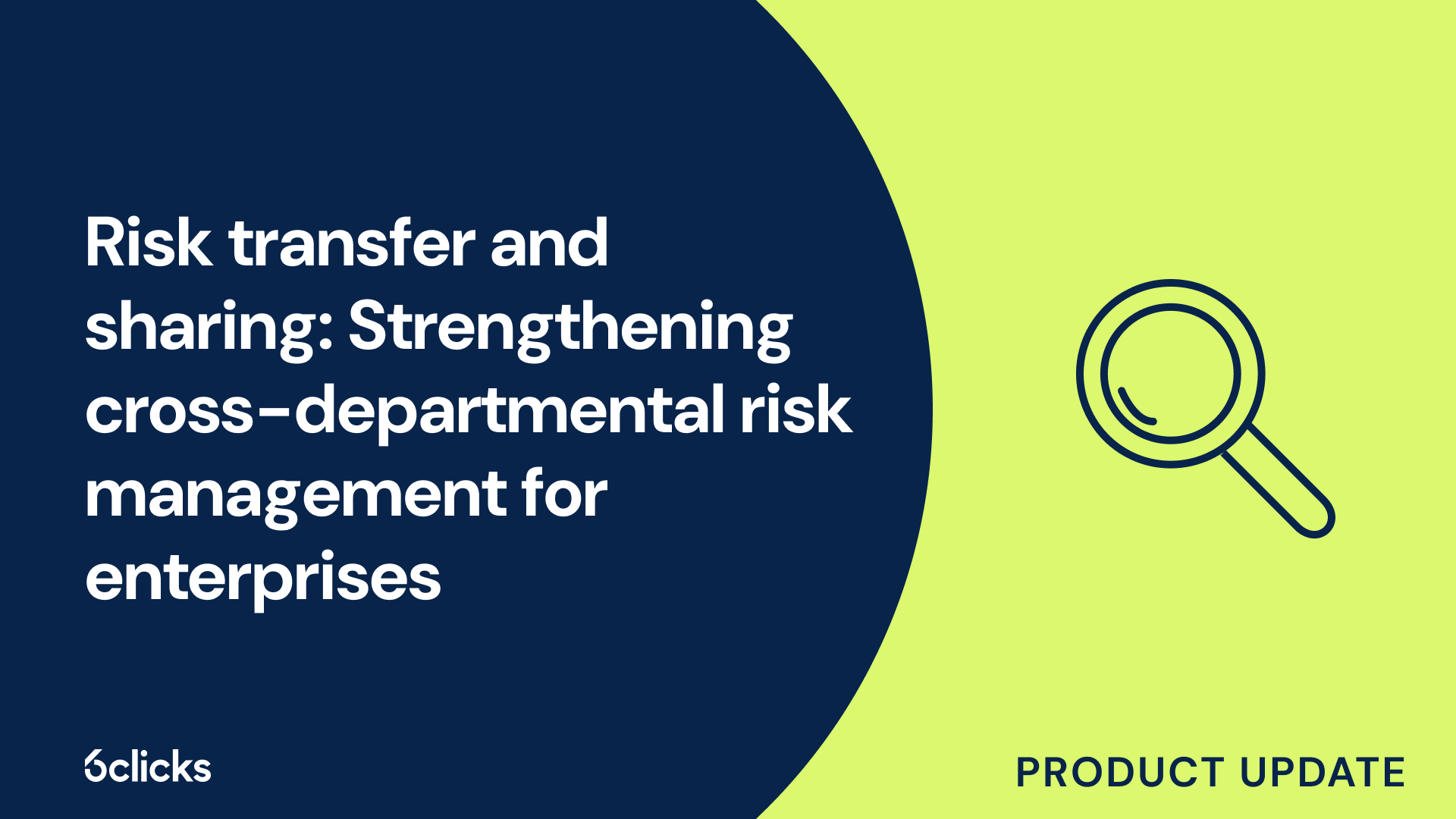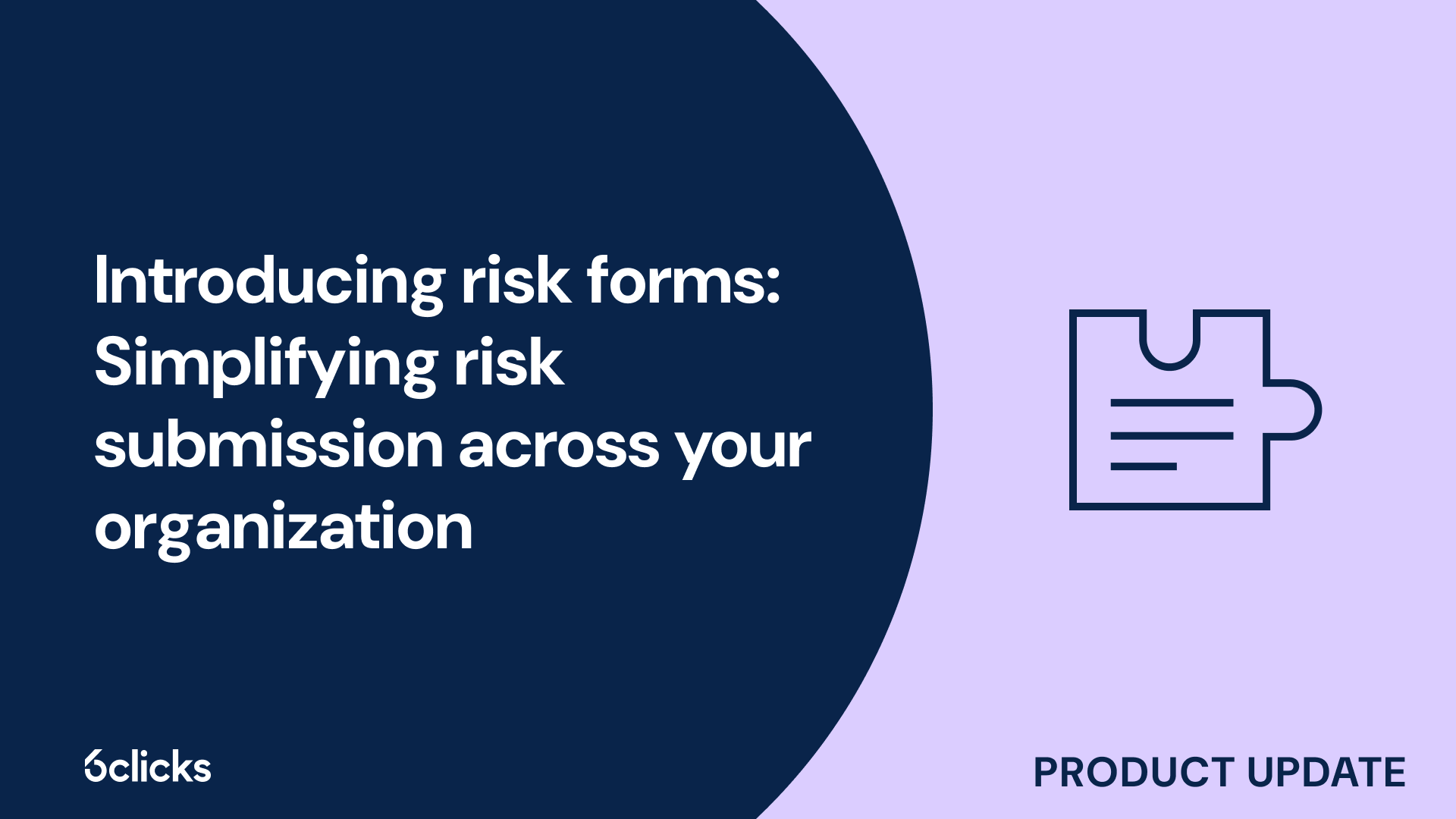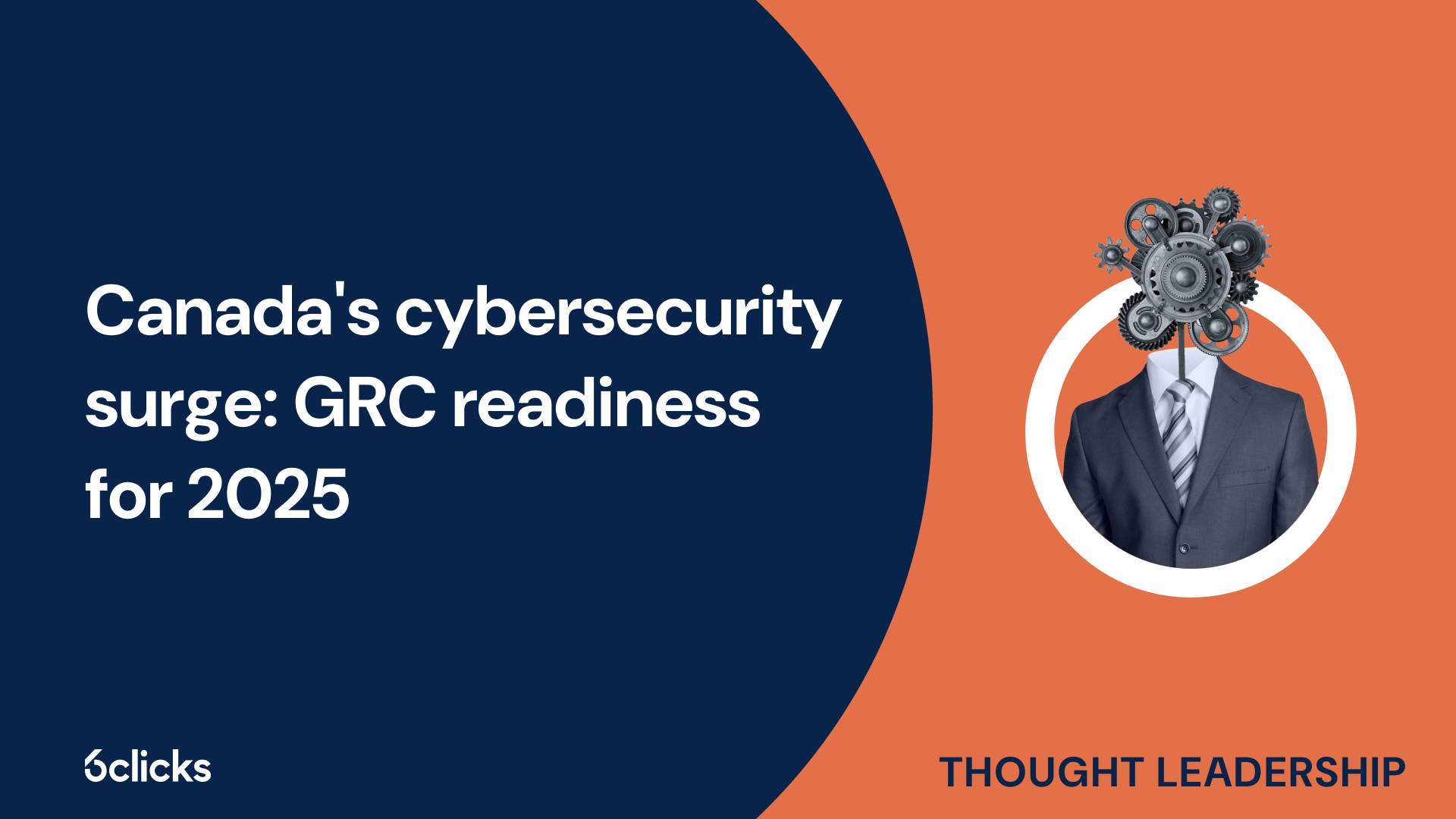The GRC buyer’s guide for 2025: Building resilience with AI-powered, federated solutions
Discover the ultimate GRC buyer's guide for 2025! Uncover how AI-powered, federated solutions transform compliance and security management for industries like government, aerospace, banking, and more. Learn about centralized control, continuous compliance, and advanced cyber GRC capabilities. Download now!
-1.png?width=200&height=249&name=Group%20193%20(1)-1.png)
The GRC buyer’s guide for 2025: Building resilience with AI-powered, federated solutions
An Information Security Management System (ISMS) is a comprehensive set of policies, processes, and procedures that an organization implements to protect its information assets. It includes the management of physical and logical access to the organization's systems, networks, and data. It is based on a risk management approach and is designed to protect the confidentiality, integrity, and availability of information.
- Benefits: The ISMS provides organizations with the capability to identify, assess, manage, and monitor risks to information assets. It is designed to ensure the security of information and systems and to help organizations comply with relevant laws, regulations, and industry standards. The ISMS also helps organizations to establish an effective security culture and promote best practices in information security.
- Components: The ISMS includes components such as policies, procedures, processes, and tools that are used to manage information security. It also includes risk assessment and management, security awareness training, and incident response and management.
- Conclusion: The ISMS is an important component of any organization's security strategy. It helps organizations to identify and address risks to their information assets, protect their systems and data, and ensure compliance with relevant laws, regulations, and industry standards.


